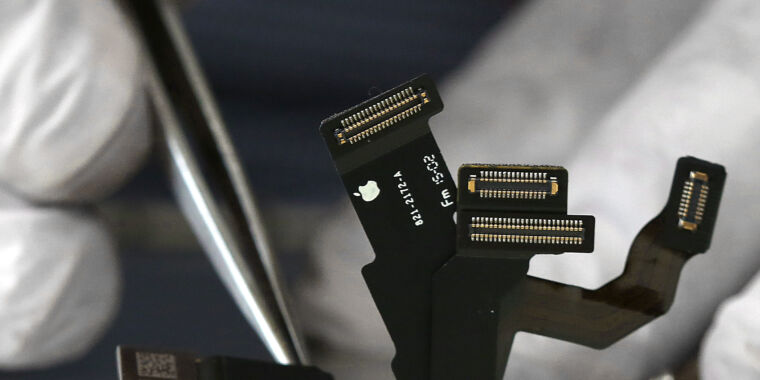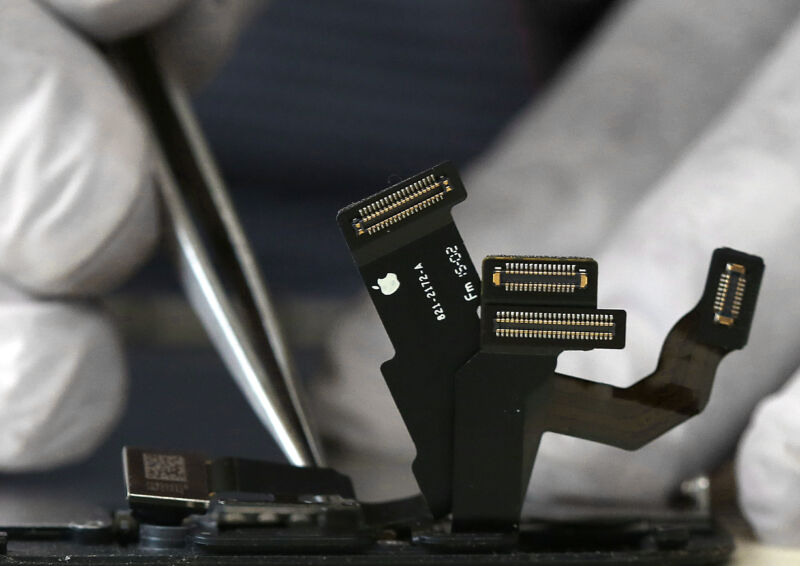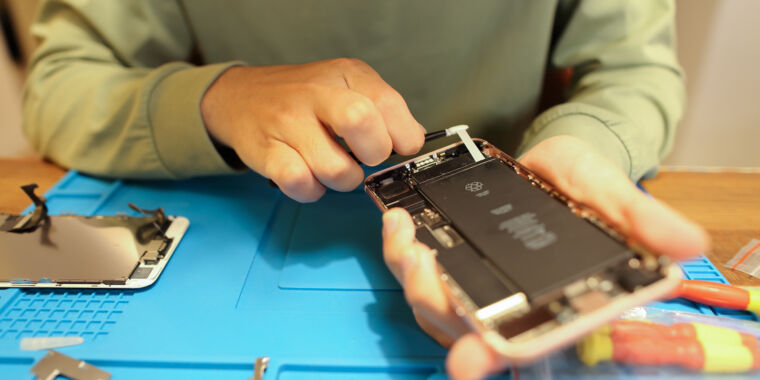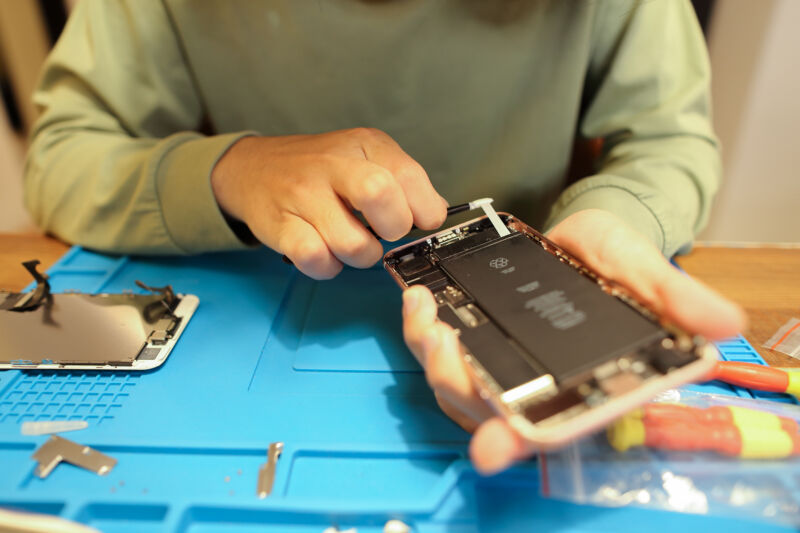Record measles outbreak in Oregon blamed on vaccine exemptions
consequences —
Vaccine exemptions at nearly 9% in the state, enabling sustained transmission.

Enlarge / A US child infected with measles during a 2024 outbreak. The child’s cheek shows the characteristic rash associated with this viral infection.
With one of the highest vaccine exemption rates in the country, Oregon is experiencing its largest measles outbreak in decades. This year’s count is now higher than anything seen since 2000, when the Centers for Disease Control and Prevention declared the highly contagious virus eliminated from the US.
Since the start of the year, Oregon has tallied 31 cases of measles, all in unvaccinated people. The cases have been accumulating in sustained waves of transmission since mid-June.
Last month, when the outbreak tally was still in the 20s, health officials noted that it was nearing a state record set in 2019. There were 28 cases that year, which were linked to a large outbreak across the border in Washington state. But, with that record now surpassed, the state is in pre-elimination territory.
“Before 2019, you have to go all the way back to the early 1990s to see case counts this high,” Paul Cieslak, medical director for communicable diseases and immunization at Oregon Health Authority, said in a statement. “The reason is, we maintained very high vaccination rates and very high population levels of immunity. Unfortunately, we’ve seen an erosion in the percentage of people who are getting vaccinated against measles.”
Vaccination decline
In 2000, when measles was declared officially eliminated, only about 1 percent of kindergarteners in the state had exemptions from childhood vaccines, such as measles. But in the years since, Oregon has become one of the states with the highest exemption rates in the country. In the 2022–2023 school year, 8.2 percent of Oregon kindergarteners had exemptions from vaccinations, according to a CDC analysis published in November. Only Idaho had a higher rate, with 12.1 percent of kindergarteners exempt. Utah was a close third, with 8.1 percent, followed by Arizona (7.4 percent) and Wisconsin (7.2 percent).
Oregon’s exemption rate has risen since then, with the exemption rate now at 8.8 percent, according to the Oregon Health Authority. Any exemption rate above 5 percent is concerning. At that threshold, even if every non-exempt child is vaccinated, a state will not be able to achieve the target of 95 percent vaccine coverage expected to prevent sustained transmission of infectious diseases.
Health officials are directly linking the rise of non-medical exemptions to the current measles outbreak, which is centered in Clackamas, Marion, and Multnomah counties. All three are in the northwestern corner of the state, with Clackamas and Multnomah in the Portland area.
“In Clackamas County, as in other Oregon counties, pockets of unvaccinated people raise risk of infection in communities where they live,” Clackamas County Health Officer Sarah Present said. “That’s why the counties reach out to every case that’s been identified and try to determine exactly where they’ve been while infectious.”
Notorious virus
Measles is among the most infectious viruses known. It is notorious for its ability to stay aloft in indoor air for up to two hours after an infected person has been present. For unvaccinated people who are exposed, up to 9 out of 10 will end up falling ill. Those who become infected are contagious from about four days before developing the tell-tale rash and four days after it erupts. Other common symptoms of the infection include high fever, runny nose, cough, and conjunctivitis (pink eye). Many children become severely ill, requiring hospitalization.
In a small percentage of cases, measles can lead to severe complications, including pneumonia, encephalitis, and a progressive neurological disorder (subacute sclerosing panencephalitis), which develops five to 10 years after an initial infection. Additionally, measles is known to cause “immune amnesia.” That is, being infected with measles virus wipes out existing antibodies and immune responses to other germs, leaving people more vulnerable to other diseases.
Two doses of MMR vaccine (measles, mumps, and rubella) are 97 percent effective against measles, and that protection is considered life-long.
So far this year, the US has logged 236 measles cases. Of those, 40 percent were in children under the age of 5, while 30 percent were in children and teens between the ages 5 and 19. Eighty-seven percent were either unvaccinated or had an unknown vaccination status. Forty-four percent (103 of 236) were hospitalized.
While Oregon’s current outbreak has broken its state records, the largest outbreak this year was in Illinois, where a total of 67 cases were reported amid spread at a Chicago-area migrant shelter.
This year’s tally is already well ahead of the total for 2023, which reached just 59 cases. It is still significantly lower than the 1,274 cases seen in 2019, when the US nearly lost its elimination status.
Record measles outbreak in Oregon blamed on vaccine exemptions Read More »






